has anyone come across something like fadingEdgeLength in Android for Flutter so that when you scroll up items start fading into the top of the screen?
Below is my interface built up of the Widgets.
If it helps these are the properties I'm referring to:
android:fadingEdgeLength="10dp"
android:requiresFadingEdge="horizontal">
@override
Widget build(BuildContext context) {
return Scaffold(
appBar: AppBar(
title: Text('CMS Users'),
),
body: ListView.builder(
padding: EdgeInsets.only(top: 20.0, left: 4.0),
itemExtent: 70.0,
itemCount: data == null ? 0 : data.length,
itemBuilder: (BuildContext context, int index) {
return Card(
elevation: 10.0,
child: InkWell(
onTap: () {
Navigator.push(
context,
new MaterialPageRoute(
builder: (BuildContext context) =>
new PeopleDetails("Profile Page", profiles[index]),
));
},
child: ListTile(
leading: CircleAvatar(
child: Text(profiles[index].getInitials()),
backgroundColor: Colors.deepPurple,
radius: 30.0,
),
title: Text(
data[index]["firstname"] + "." + data[index]["lastname"]),
subtitle: Text(
data[index]["email"] + "\n" + data[index]["phonenumber"]),
),
),
);
}),
);
}
}

